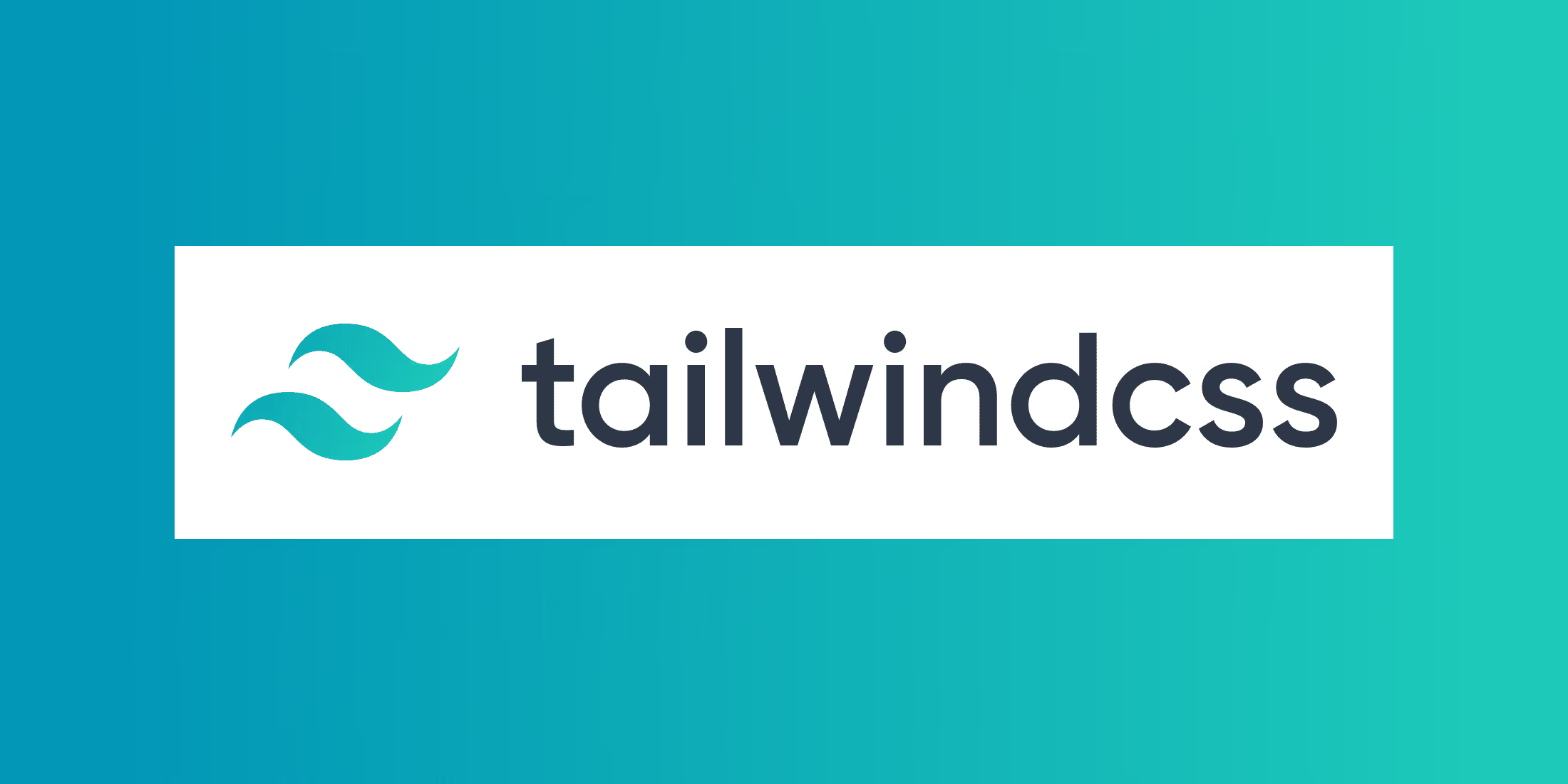Advanced Tailwind CSS Tips and Tricks

- Custom Plugin Development
- Advanced Layout Techniques
- Animation and Transitions
- Performance Optimization
- Responsive Design Patterns
- Best Practices
- Conclusion
Advanced Tailwind CSS Tips and Tricks
Master Tailwind CSS with these advanced techniques that will supercharge your development workflow and create stunning user interfaces.
Custom Plugin Development
Creating Reusable Utilities
Build your own utilities for consistent patterns:
// tailwind.config.js
const plugin = require('tailwindcss/plugin')
module.exports = {
plugins: [
plugin(function({ addUtilities, theme }) {
const newUtilities = {
'.text-shadow-sm': {
textShadow: '1px 1px 2px rgba(0, 0, 0, 0.1)',
},
'.text-shadow-md': {
textShadow: '2px 2px 4px rgba(0, 0, 0, 0.12)',
},
'.text-shadow-lg': {
textShadow: '4px 4px 6px rgba(0, 0, 0, 0.15)',
},
}
addUtilities(newUtilities)
})
]
}
Custom Variants
Create situation-specific variants:
plugin(function({ addVariant }) {
// Add a `third` variant
addVariant('third', '&:nth-child(3)')
// Add a `first-of-type` variant
addVariant('first-of-type', '&:first-of-type')
})
Advanced Layout Techniques
Modern Grid Layouts
Create responsive, dynamic grids:
<!-- Auto-fit grid with minimum column width -->
<div class="grid grid-cols-[repeat(auto-fit,minmax(250px,1fr))] gap-4">
<!-- Grid items -->
</div>
<!-- Responsive grid with specific column spans -->
<div class="grid grid-cols-12 gap-4">
<div class="col-span-12 md:col-span-6 lg:col-span-4">
<!-- Content -->
</div>
</div>
Complex Flexbox Patterns
Master flexible layouts:
<!-- Card with footer always at bottom -->
<div class="flex flex-col h-full">
<div class="flex-1">
<!-- Main content -->
</div>
<div class="mt-auto">
<!-- Footer content -->
</div>
</div>
<!-- Equal-width columns with responsive wrapping -->
<div class="flex flex-wrap -mx-4">
<div class="w-full md:w-1/2 lg:w-1/3 px-4">
<!-- Column content -->
</div>
</div>
Animation and Transitions
Custom Animations
Create engaging user experiences:
// tailwind.config.js
module.exports = {
theme: {
extend: {
keyframes: {
'fade-in-up': {
'0%': {
opacity: '0',
transform: 'translateY(10px)'
},
'100%': {
opacity: '1',
transform: 'translateY(0)'
},
}
},
animation: {
'fade-in-up': 'fade-in-up 0.5s ease-out'
}
}
}
}
Usage in HTML:
<div class="animate-fade-in-up">
<!-- Animated content -->
</div>
Performance Optimization
Reducing Bundle Size
Optimize your production build:
// tailwind.config.js
module.exports = {
purge: {
content: [
'./src/**/*.{js,jsx,ts,tsx}',
'./public/index.html'
],
options: {
safelist: [
/^bg-/,
/^text-/,
'hidden',
'block'
]
}
}
}
Dynamic Classes
Use dynamic class generation efficiently:
const getStatusColor = (status) => ({
pending: 'bg-yellow-100 text-yellow-800',
active: 'bg-green-100 text-green-800',
inactive: 'bg-gray-100 text-gray-800'
}[status])
// Usage
<div className={\`px-2 py-1 rounded-full \${getStatusColor(item.status)}\`}>
{item.status}
</div>
Responsive Design Patterns
Modern Card Layouts
Create responsive card grids:
<div class="grid grid-cols-1 md:grid-cols-2 lg:grid-cols-3 xl:grid-cols-4 gap-6">
<article class="bg-white rounded-xl shadow-sm overflow-hidden hover:shadow-md transition-shadow duration-300">
<div class="relative pb-[56.25%]">
<img class="absolute inset-0 w-full h-full object-cover" src="image.jpg" alt="">
</div>
<div class="p-6">
<h3 class="text-xl font-bold text-gray-900 mb-2">Card Title</h3>
<p class="text-gray-600">Card description here...</p>
</div>
</article>
</div>
Advanced Navigation
Build responsive navigation menus:
<nav class="bg-white shadow">
<div class="max-w-7xl mx-auto px-4">
<div class="flex justify-between h-16">
<!-- Logo -->
<div class="flex-shrink-0 flex items-center">
<img class="h-8 w-auto" src="/logo.svg" alt="Logo">
</div>
<!-- Desktop Navigation -->
<div class="hidden md:flex space-x-8">
<a href="#" class="inline-flex items-center px-1 pt-1 border-b-2 border-primary-500 text-sm font-medium">
Home
</a>
<!-- More items -->
</div>
<!-- Mobile Navigation Button -->
<div class="md:hidden flex items-center">
<button class="inline-flex items-center justify-center p-2 rounded-md text-gray-400 hover:text-gray-500 hover:bg-gray-100">
<svg class="h-6 w-6" fill="none" viewBox="0 0 24 24" stroke="currentColor">
<path stroke-linecap="round" stroke-linejoin="round" stroke-width="2" d="M4 6h16M4 12h16M4 18h16" />
</svg>
</button>
</div>
</div>
</div>
</nav>
Best Practices
-
Use Custom Properties
<div class="bg-[--custom-bg] text-[--custom-text]"> <!-- Content --> </div> -
Create Component Classes
@layer components { .btn-primary { @apply px-4 py-2 bg-primary-600 text-white rounded-lg hover:bg-primary-700 transition-colors; } } -
Maintain Consistent Spacing
<div class="space-y-4 md:space-y-6 lg:space-y-8"> <!-- Vertically spaced content --> </div>
Conclusion
Mastering Tailwind CSS involves understanding its powerful features and applying them effectively. Remember to:
- Use plugins for reusable patterns
- Optimize for production
- Maintain consistent spacing
- Create component abstractions
- Think mobile-first
- Leverage custom properties
Keep exploring the Tailwind CSS documentation and community resources for more advanced techniques and updates.
Happy styling! 🎨
